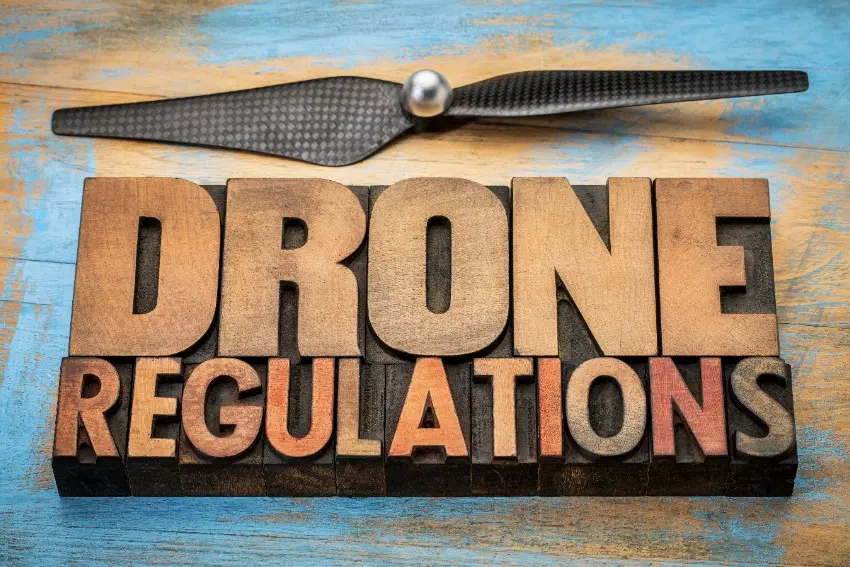
A Comprehensive Beginner's Guide to Navigating Drone Rules and Safety Measures
Welcome to the exciting world of drone flying! Drones are not only fun to pilot but also open up endless possibilities for capturing breathtaking aerial footage. However, before you zoom off into the skies, it’s crucial to familiarize yourself with the necessary drone regulations and safety guidelines. In this beginner’s guide, we’ll walk you through everything you need to know to fly your drone legally and responsibly. So, fasten your seatbelts, and let’s dive into the world of drone regulations!
Understanding the Basics
What are Drone Regulations and Why are They Important?
Have you ever wondered why there are rules and regulations specifically designed for drones? Drone regulations are vital for ensuring the safety of both the operator and the general public. They help prevent accidents, privacy infringements, and potential legal complications. By adhering to these regulations, you not only safeguard yourself but also pave the way for a responsible drone flying culture.
Identifying the Regulatory Bodies
Who Sets the Rules?
Drone regulations are primarily set by aviation authorities in each country. In the United States, the Federal Aviation Administration (FAA) is responsible for regulating drones. It’s essential to be aware of the specific regulations put in place by your country’s aviation authority to avoid any legal consequences.
Registering Your Drone
Every Drone Needs a License Plate!
Before taking to the skies, you must register your drone with the appropriate authorities. Registration ensures that your drone is traceable and linked to your identity in case of any incidents. It’s a straightforward process that requires you to provide basic information and pay a nominal fee. Once registered, you’ll receive a unique license plate for your drone, which needs to be visibly affixed to your device.
Understanding the Different Drone Categories
Drones: One Size Does Not Fit All!
Drones come in various shapes, sizes, and capabilities. Regulatory bodies often categorize drones based on these factors, as different categories may impose specific rules and restrictions. It’s essential to understand the classification system to determine which regulations apply to your drone.
Familiarizing Yourself with Drone Flight Restrictions
Know Where You Can (and Cannot) Fly!
To ensure safety and minimize the risk of accidents, certain areas are designated as no-fly zones for drones. These typically include airports, military bases, national parks, and crowded public areas. Additionally, there may be specific altitude limits and distance restrictions near certain structures or events. Familiarize yourself with these restrictions to avoid unnecessary legal trouble and protect public safety.
Safety Measures and Responsible Flying
Fly High, Fly Safe!
Promoting responsible drone flying is crucial in maintaining a positive image for the drone community. Here are some important safety measures and responsible practices to follow:
- Always maintain visual line of sight with your drone.
- Respect the privacy of others and avoid flying over private property without permission.
- Conduct pre-flight checks to ensure your drone is in optimal condition.
- Stay updated with weather conditions and avoid flying in unfavorable weather.
- Avoid flying near people, animals, or critical infrastructure.
- Learn and practice emergency procedures to handle any unexpected situations.
Conclusion:
By taking the time to understand and abide by drone regulations, you can ensure a safe and enjoyable experience. As a responsible drone video company, Indy Drone Video strictly adheres to these regulations to maintain safety while capturing stunning aerial footage. Contact us today to record your videos safely and professionally.
